Showing all 11 results
-
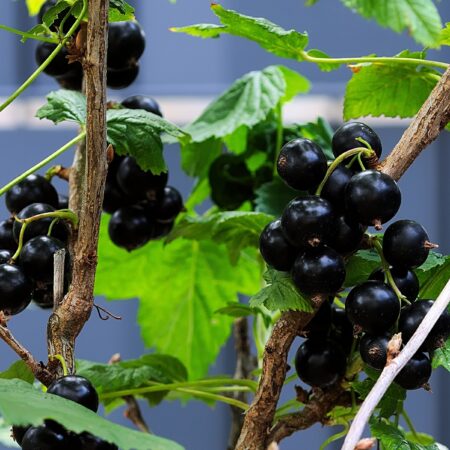
Black currants
Black currants are small, dark purple to black berries that come from the Ribes nigrum plant. Black currants belong to the Ribes genus and are the fruit of the black currant shrub (Ribes nigrum). They are native to Europe and Asia. Black currants have a unique flavour that is sweet and tart, making them suitable for various culinary applications. Black currants are rich in vitamin C, providing more than double the amount found in oranges. They also contain other essential vitamins, minerals, and antioxidants.
-
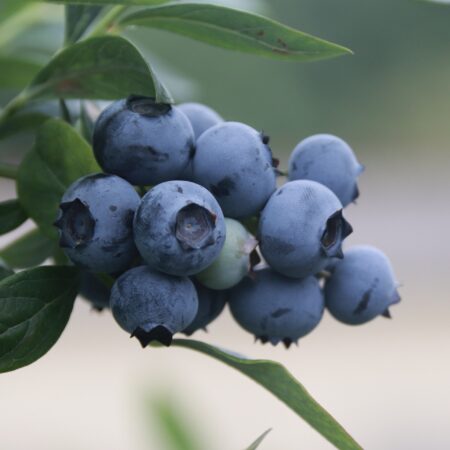
Blue berry
Blueberries are small, sweet, and nutrient-rich berries that belong to the Vaccinium genus. Blueberries are members of the Vaccinium family, which also includes cranberries and bilberries. The two main varieties are highbush blueberries (Vaccinium corymbosum) and lowbush or wild blueberries (Vaccinium angustifolium). Blueberries have a sweet and slightly tart flavour, making them a popular choice for both fresh consumption and various culinary applications. Blueberries are rich in antioxidants, particularly anthocyanins, which contribute to their vibrant colour. They also provide essential vitamins (such as vitamin C and vitamin K), dietary fibre, and minerals
-
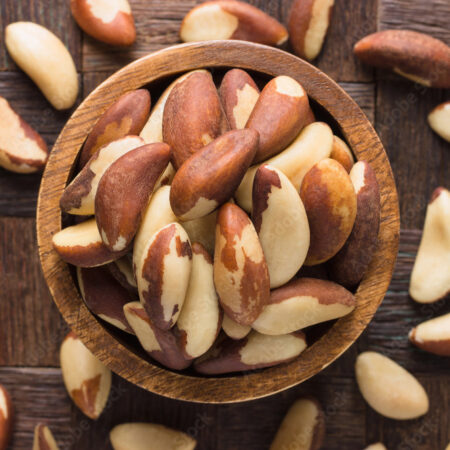
Buy Brazil Nuts
Brazil nuts are large nuts that come from the Brazil nut tree, native to the Amazon rainforest in South America. Brazil nuts are large, triangular-shaped nuts encased in a hard, woody shell. Each shell contains several seeds, known as Brazil nuts. Brazil nuts have a rich, creamy flavour with a mild sweetness. They have a smooth, buttery texture and a slightly chewy consistency. Brazil nuts are a nutritional powerhouse, rich in healthy fats, particularly monounsaturated fats and omega-6 fatty acids. They are an excellent source of selenium, a mineral with antioxidant properties. Brazil nuts also contain essential nutrients like magnesium, phosphorus, and vitamin E.
-
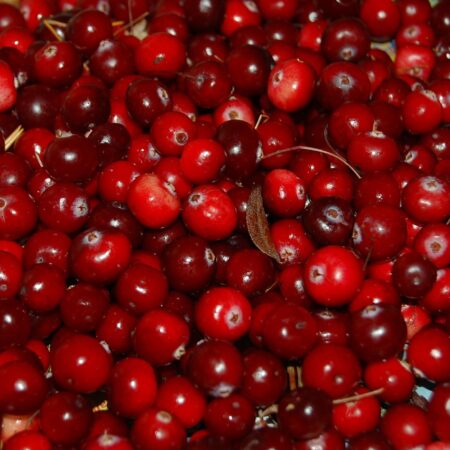
Cran berry
Cranberries are small, tart berries that belong to the Vaccinium genus. Cranberries are the fruit of evergreen shrubs in the Vaccinium genus, primarily Vaccinium macrocarpon, native to North America. Cranberries have a tart and slightly bitter taste, which makes them suitable for a variety of culinary applications. Cranberries are rich in vitamin C, dietary fibre, and antioxidants. They are known for their potential health benefits, including supporting urinary tract health. Cranberries have become a versatile ingredient in both sweet and savoury dishes, and their tartness adds a unique flavour to various culinary creations. Whether enjoyed fresh, dried or in juice form, cranberries are a popular and flavorful addition to many recipes.
-
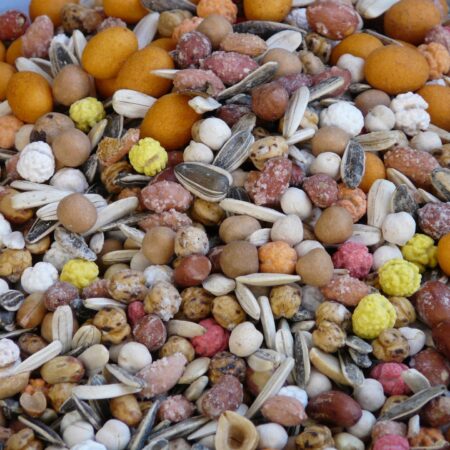
Fusion
These are a snack food consisting of any mixture of mechanically or manually combined nuts. Common constituents are peanuts (actually a legume), almonds, walnuts, Brazil nuts, cashews, hazelnuts (filberts), and pecans. Mixed nuts may be salted, roasted, cooked, or blanched.
-
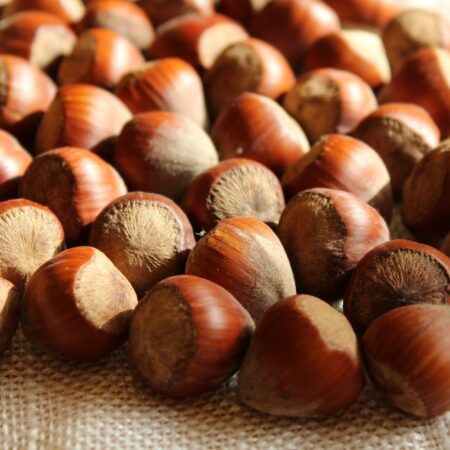
Hazel Nuts
Hazelnuts, also known as filberts, are nuts produced by the hazeltree and are characterized by their rich, buttery flavour. Hazelnuts are a nutrient-dense food, providing healthy fats (including monounsaturated and polyunsaturated fats), protein, dietary fibre, vitamins (such as vitamin E), and minerals (including magnesium and copper). Hazelnuts are associated with various health benefits, including heart health support due to their favourable fat profile. They also contribute to antioxidant defence, help regulate blood sugar levels, and support digestive health.
-
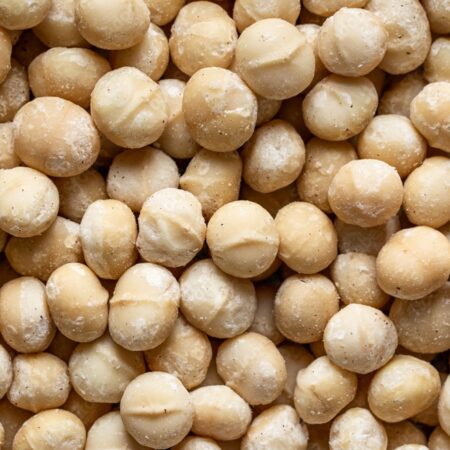
Macadamia Nuts
Macadamia nuts are popular nuts known for their rich, buttery flavour and creamy texture. Macadamia nuts are high in healthy monounsaturated fats, which are beneficial for heart health. They also contain essential nutrients such as vitamins (like vitamins B1 and B6), minerals (including manganese and copper), and antioxidants. While nutritious, macadamia nuts are calorie-dense, so portion control is recommended. However, the majority of their fat content is monounsaturated, which is considered a heart-healthy fat. Including macadamia nuts in your diet provides a delicious way to enjoy a unique nut with a distinctive flavour profile, along with the nutritional benefits associated with healthy fats and essential nutrients.
-
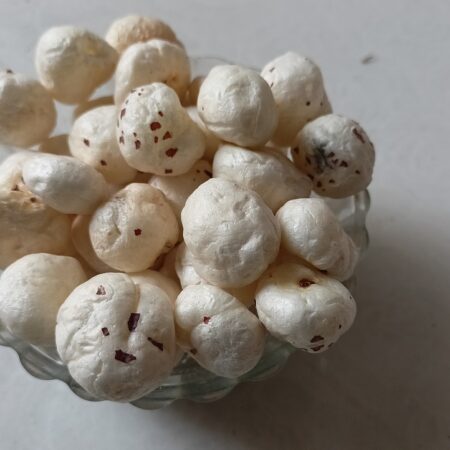
Makhana
Makhana, also known as fox nuts or lotus seeds, is a nutritious and edible seed harvested from the lotus plant (Euryale ferox). Makhana is derived from the seeds of the lotus flower, primarily the species Euryale ferox. It is a traditional food in several Asian cuisines. Makhana is a versatile ingredient and is commonly used in Indian cuisine. It is often roasted or popped, resulting in a crunchy and light texture. Roasted Makhana is seasoned with various spices and can be consumed as a healthy snack. Makhana is low in calories and fat, making it a healthy snack option. It is a good source of protein, carbohydrates, fibre, magnesium, and potassium. It is also gluten-free and considered easy to digest.
-
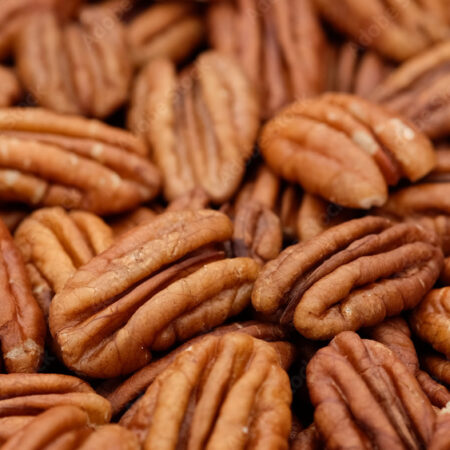
Pecan Nuts
Pecans are nuts with a rich, buttery flavour and a distinctive oval shape. Pecans come from the hickory tree species Carya illinoinensis. The tree is native to North America, and pecans are a popular nut in southern regions of the United States. Pecans have a rich, buttery flavour with a slightly sweet and nutty taste. They have a tender and crunchy texture, making them a popular choice for both sweet and savoury dishes. Pecans are nutrient-dense and provide healthy monounsaturated fats, protein, dietary fibre, vitamins (such as vitamin E and B-complex vitamins), and minerals (including manganese and copper).
-
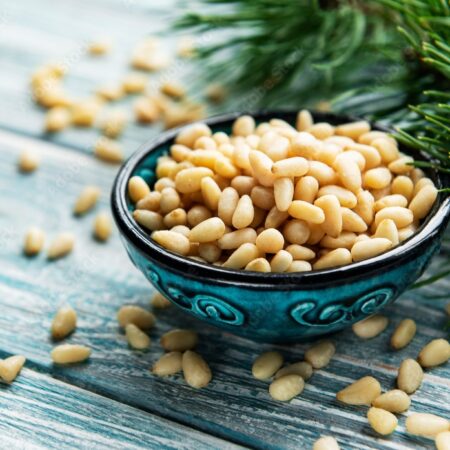
Pine Nuts
Pine nuts are the edible seeds of pine trees and are known for their delicate flavour and buttery texture. Pine nuts come from various species of pine trees, and different varieties may produce slightly different-sized and flavoured nuts. The most commonly harvested pine nut species include the stone pine (Pinus pinea), Siberian pine (Pinus sibirica), and Korean pine (Pinus koraiensis).Pine nuts have a mild, buttery flavour with a slightly sweet and resinous undertone. They have a soft, creamy texture, making them a popular addition to both sweet and savoury ry dishes. Pine nuts are a good source of healthy monounsaturated fats, protein, and essential nutrients such as magnesium, phosphorus, and zinc. They are also rich in antioxidants.
-
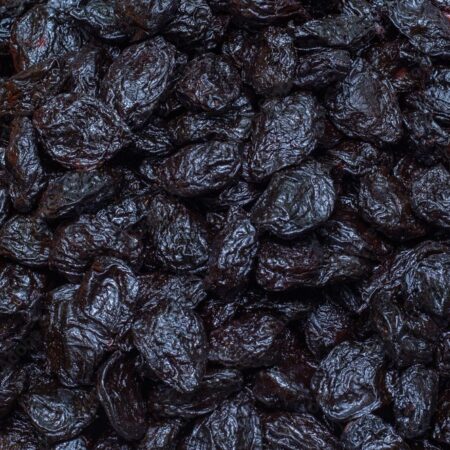
Prunes
Prunes are dried plums, specifically the European variety of plums, and are known for their sweet taste and wrinkled appearance. Prunes are made by drying plums, either through sun drying or dehydration. The drying process removes the water content, concentrating the natural sugars in the fruit.Prunes have a sweet and slightly tart flavour, with a dense and chewy texture. They are often described as having a rich, concentrated plum taste.Prunes are rich in essential nutrients, including dietary fiber, potassium, vitamins (such as vitamin K), and antioxidants. They are well-known for their potential digestive benefits due to their high fiber content.Prunes are often associated with promoting digestive regularity. The fiber in prunes, combined with natural sugars and sorbitol, contributes to a laxative effect, helping alleviate constipation.Prunes contain vitamin K, which plays a role in bone health and blood clotting. They also provide potassium, which is beneficial for maintaining healthy blood pressure.

